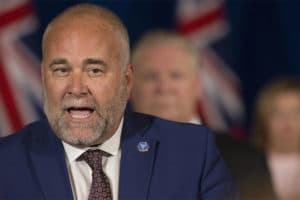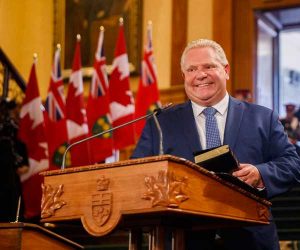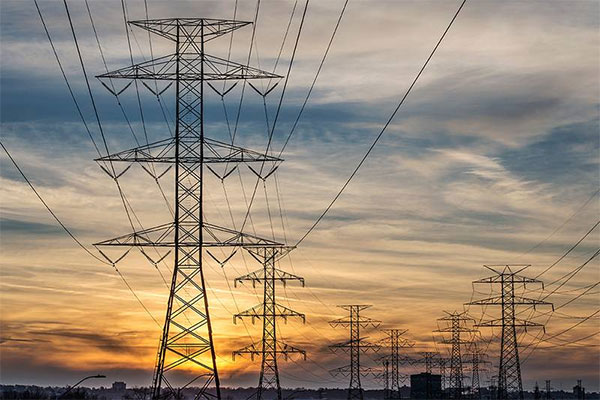- As of the PC’s latest budget, a cumulative $23.6 billion has been allocated to electricity cost-relief programs since 2019.
- The Ford government has also committed more than a billion dollars over the current four-year electricity conservation framework to advance energy efficiency.
- Ontario’s debt now stands at over $439 billion, one of the largest liabilities of any subnational jurisdiction in the world.
As one of the easiest and most cost-effective ways to mitigate carbon emissions, energy efficiency is often amicably referred to as the “first fuel” of the energy transition. Its practicality is well known and has attracted significant attention from policymakers across the political spectrum, including those that have traditionally been more critical of renewables and cleantech.
In the words of Ontario’s Progressive Conservative (PC) Energy Minister, Todd Smith, supporting energy efficiency is a no-brainer, as “the most affordable type of energy is the [kind] you don’t have to build.” The logic checks out.
In light of this, however, it’s hard not to question Ontario’s pervasive commitment to regressive, consumption-based electricity subsidies, which directly undermine the province’s energy efficiency strategy while rewarding the wealthiest, most polluting consumers. As of the PC’s latest budget, a cumulative $23.6 billion has been allocated to “electricity cost-relief programs” since 2019, all just to knock a few bucks off consumers’ monthly electricity bills.

Ontario Energy Minister Todd Smith. (thestar)
Completely at odds with these subsidies, the Ford government has also committed more than a billion dollars over the current four-year electricity conservation framework to advance energy efficiency, including through the Energy Affordability and Peak Perks initiatives, which offer “comprehensive support” and financial incentives for residential households that conserve energy and reduce air conditioning.
Additionally, the PC’s have made custom retrofits available for businesses, municipalities and institutions, put forward investments to improve greenhouse efficiency in Southwestern Ontario, and topped up funding for the existing Local Initiatives Program.
Despite these and other modest investments, Ontario is failing to make significant headway on energy efficiency, lagging other North American jurisdictions by significant margins. Yet, with buildings representing a quarter of province-wide emissions — the third largest sector after transportation and heavy industry — energy efficiency is a must-have for Ontario’s net-zero future.

Doug Ford speaks as he is sworn in as premier of Ontario during a ceremony at Queen’s Park in Toronto on June 29, 2018. (MARK BLINCH / THE CANADIAN PRESS)
The province’s lack of progress should come as no surprise. After all, the PCs are spending more subsidizing electricity consumption than on long-term care homes.
This wasn’t always the case, but as rates have continued to climb (despite Ford’s pledge to slash hydro bills by 12%), the cost of the subsidies has ballooned. The PCs now spend almost four times more than the previous Liberal government did back in 2018, all while accomplishing less on climate and further chipping away at Ontario’s battered finances.
The Tories, who pitched themselves as meticulous fiscal stewards back in 2018, have proved anything but, adding an excess of $100 billion to the province’s debt. Ontario now owes over $439 billion, one of the largest liabilities of any subnational jurisdiction in the world.
Perhaps, then, it’s time for the Ford government to finally get serious with the province’s finances. First up, should be parting ways with the unsustainable and counterproductive Ontario Electricity Rebate, once and for all.












Comments